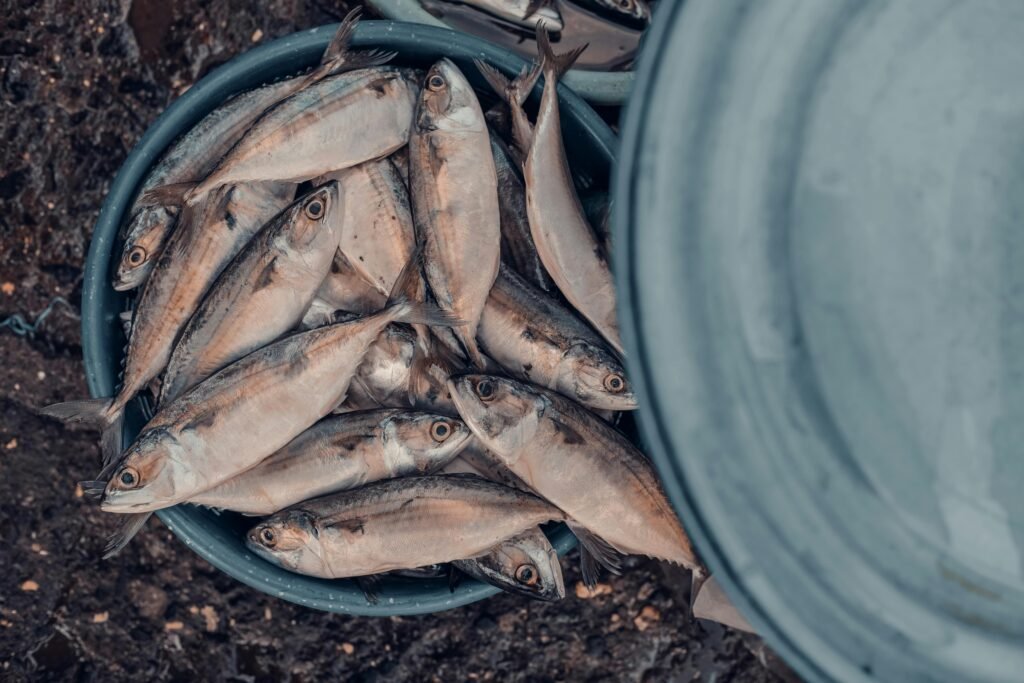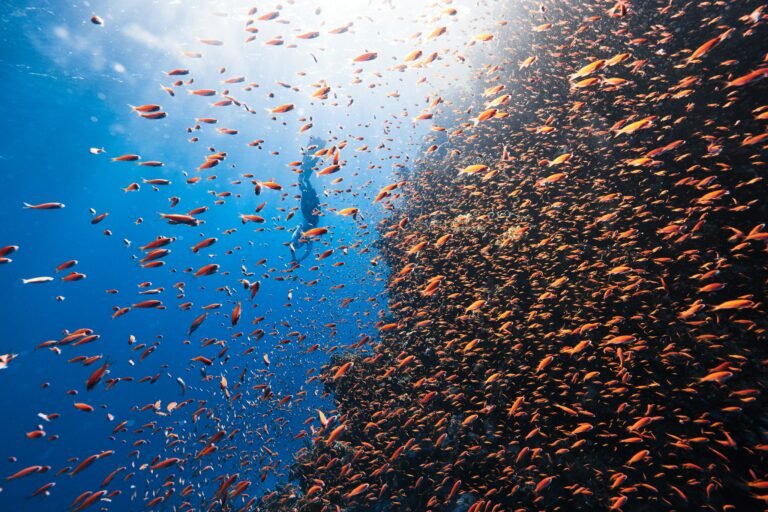What if you could turn a simple glass cube into a magical underwater world? How do you begin such a fun and creative project?
Overview
Aquascaping is all about creating beautiful underwater landscapes in aquariums. When it comes to cube environments, you have a unique small space to work with. It’s like having a mini garden underwater! This activity is not only exciting but also relaxing and helps you understand nature better.
Thesis Statement
In this article, you will learn the amazing art of aquascaping cube environments and why it’s becoming so popular. By working with smaller tanks, or cubes, you can create stunning underwater scenes that are easier to manage.

Historical Context
Aquascaping began long ago, back when people started keeping fish in tanks. The idea was not just to have fish to look at, but also to make a space that looks great and feels natural for them. Over the years, this hobby has grown and now includes many styles and techniques.
Early Days of Aquariums
In the earlier times, people used rocks, sand, and simple plants for decorating their fish tanks. The focus was more on the fish, and less on the plants or the arrangement.
Advent of Modern Aquascaping
Fast forward to today, and we have modern aquascaping. Here, the plants and landscape play a big role, just like the fish. People use colorful plants, unique rocks, and even special kinds of sand to make their tanks look like mini versions of nature.
Current Trends
Today, one of the hottest trends in aquascaping is cube environments. These are small, often cube-shaped tanks that allow you to create a compact yet captivating underwater scene. Let’s look at some trends that will help you understand why cube environments are so exciting.
Minimalist Designs
One popular trend is the minimalist design. This focuses on using fewer elements but arranging them in a way that looks balanced and beautiful.
Nano Tanks
Nano tanks are another hit. These are very small tanks, often less than 5 gallons, allowing you to place them almost anywhere, from your desk to a bookshelf.
High-tech Gadgets
Aquascapers are also using gadgets like LED lights and automatic water filters. These make it easier to care for your underwater garden and keep it looking its best.

Key Concepts and Definitions
It’s important to understand some key concepts and terms so you can become a great aquascaper.
Hardscape
Hardscape refers to the non-living elements in your tank, such as rocks, wood, and sand. These items form the backbone of your underwater design.
Livestock
Livestock means the living creatures in your tank. This includes fish, shrimp, and even snails. Each of these creatures has different needs, so understanding them helps you create a balanced environment.
Substrate
Substrate is the material at the bottom of your tank. It can be sand, gravel, or special soil that helps plants grow.
Filtration
Filtration keeps the water clean. There are different types of filters that remove dirt and harmful chemicals, making the tank safe for your plants and fish.
Detailed Exploration
Now that you know the basics, let’s look deeper into how you can set up your own cube environment.
Selecting the Right Cube Tank
First, you need to choose the right cube tank. Think about where you want to place it and how much space you have.
| Tank Size | Description |
|---|---|
| 1-5 gallons | Good for desks or small tables; easier to manage. |
| 5-10 gallons | Provides more space for plants and fish; moderately manageable. |
| 10+ gallons | Best for more complex designs; requires more care. |
Choosing the Right Equipment
Next, you’ll need equipment like a filter, lights, and a heater if you’re planning to keep tropical fish.
Designing Your Aquascape
This is the fun part! Plan your design on paper first. Think about where to place your hardscape, plants, and any decorations.
Adding Plants and Fish
Once your design is ready, you can add substrate, followed by hardscape elements. Then, plant your plants. Finally, introduce your fish slowly to give them time to get used to their new home.
Maintaining Your Cube Environment
Maintaining your cube tank involves regular tasks like feeding fish, trimming plants, and cleaning the tank.

Example 1: The Iwagumi Style
The Iwagumi style is a popular type of aquascape. It uses a few stones arranged in a simple yet aesthetically pleasing way.
Steps to Create an Iwagumi Aquascape
- Choose Three Main Rocks: One large and two smaller ones.
- Place the Large Rock: This is your main focal point.
- Add Smaller Rocks: Arrange them around the large rock in a balanced way.
- Plant Low-Growing Plants: These won’t hide your rocks but will add color and texture.
- Introduce Fish: Small fish like Neon Tetras work well.
Example 2: The Jungle Style
In contrast to the Iwagumi style, the Jungle style is all about abundance. It’s lush, vibrant, and looks like a mini jungle.
Steps to Create a Jungle Aquascape
- Choose Various Plants: Use a mix of tall, short, and bushy plants.
- Place Rocks and Wood: Use these to create layers and depth.
- Plant Heavily: Fill the tank with plants so it looks dense.
- Introduce Diverse Livestock: From fish to shrimp, the jungle style supports a variety of creatures.
Comparison of Different Perspectives
Many people have different opinions on the best way to aquascape a cube environment. Some prefer minimalist designs because they are easier to maintain. Others love the lush, full look of a Jungle style because it offers more to look at.
Minimalist vs. Jungle Style
| Minimalist Style | Jungle Style |
|---|---|
| Fewer elements | More elements |
| Easy to maintain | Requires more maintenance |
| Modern and clean look | Natural and wild look |
Impact Assessment
Both styles have their pros and cons. Minimalist designs are usually easier to care for because they have fewer plants and require less trimming. Jungle styles, while stunning, need more attention to keep the plants healthy and the tank clean.
Future Directions and Implications
The world of aquascaping is always evolving. New trends and technologies make it easier and more fun.
Predictions
In the future, we might see more high-tech equipment that makes maintaining a cube tank even simpler. There could also be new types of plants and materials that offer more design possibilities.
Implications
As more people get into aquascaping, this hobby could help them appreciate nature more. It also has educational benefits, teaching you about ecosystems and the importance of balance.
Conclusion
Recap
Aquascaping cube environments combines creativity, nature, and science into one rewarding hobby. Whether you choose a minimalist or jungle style, the possibilities are endless.
Final Thought
So, are you ready to create your own beautiful underwater world? Start planning your aquascape today, and see how fun and rewarding it can be!
Engagement
What kind of aquascape will you create in your cube tank? Share your ideas and get inspiration from others who love this amazing hobby!
Credible Sources
- Tropica: “The Art of Aquascaping”
- ADA (Aqua Design Amano): “Nature Aquarium Basics”
- “Aquascaping the Easy Way” by George Farmer
Thank you for taking a journey into the fascinating art of aquascaping cube environments!



